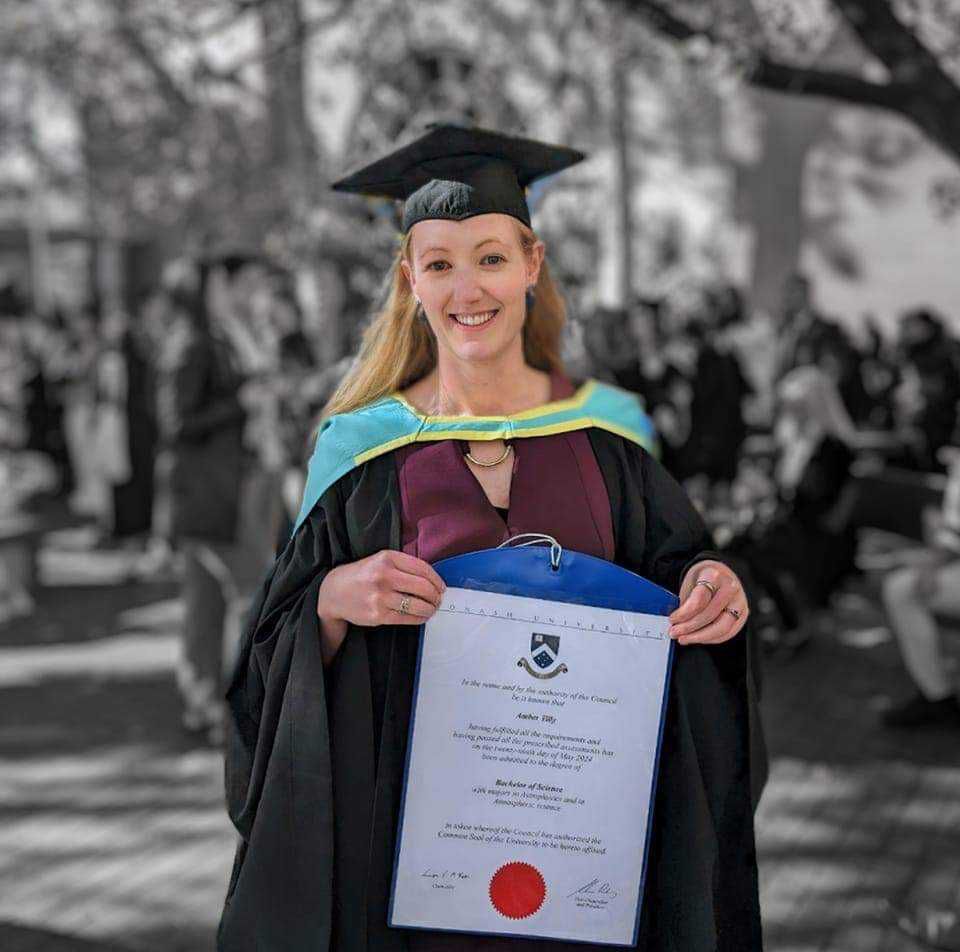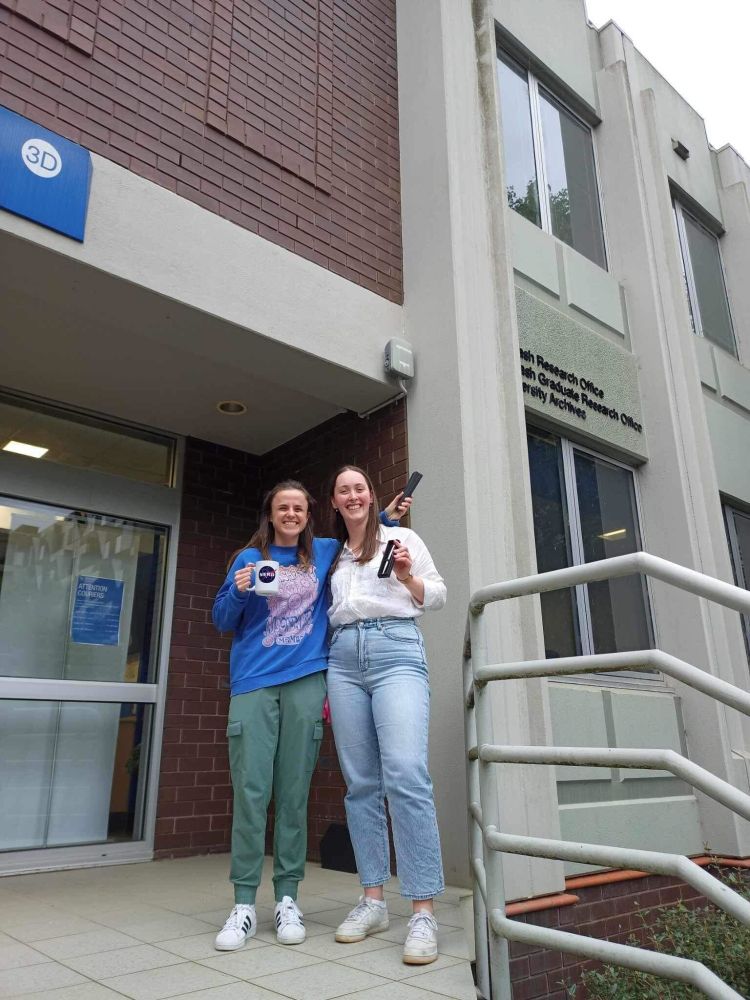



Our PhD students & postdocs presented cutting-edge research on gravitational waves, black holes, and fundamental physics at this major international conference. #GR24 #Amaldi16 #GravitationalWaves

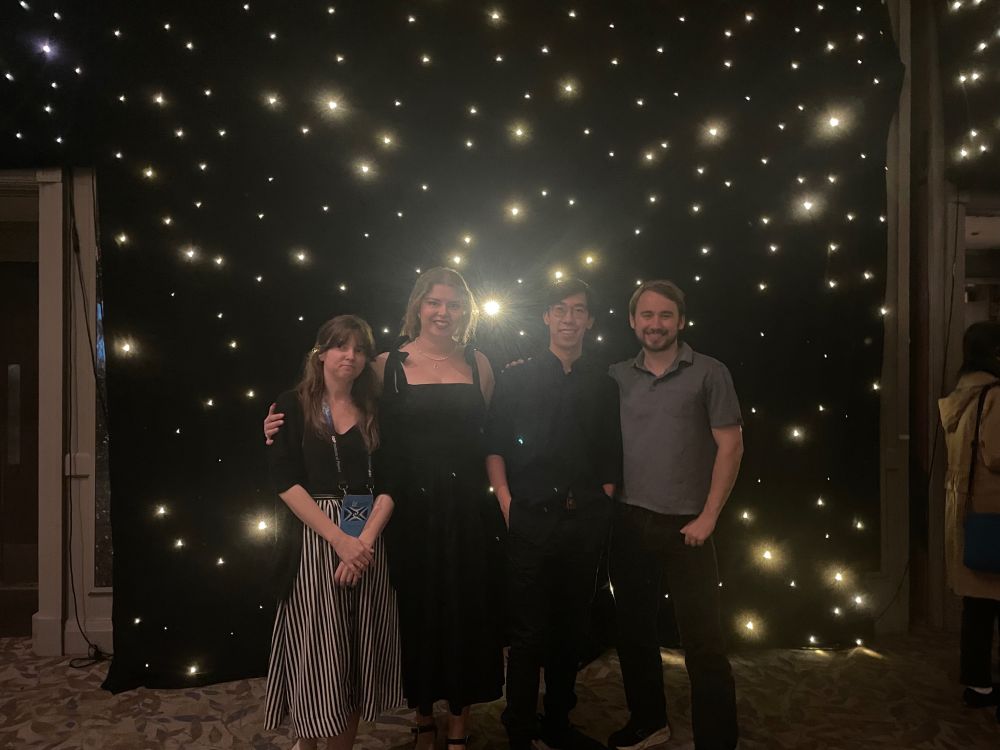
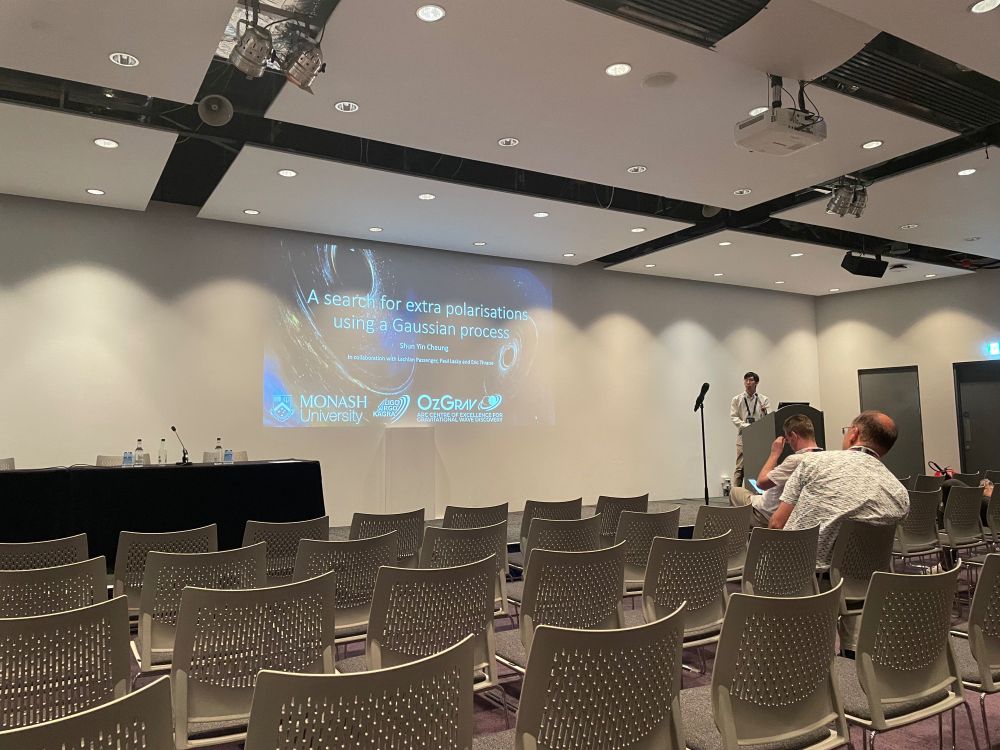
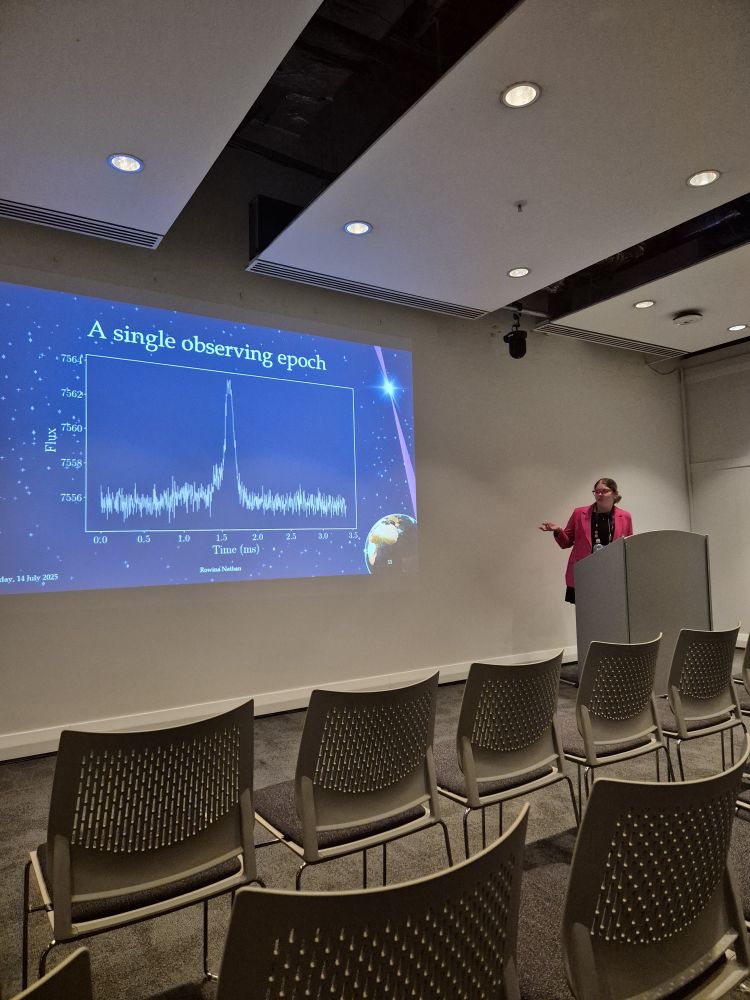
Our PhD students & postdocs presented cutting-edge research on gravitational waves, black holes, and fundamental physics at this major international conference. #GR24 #Amaldi16 #GravitationalWaves
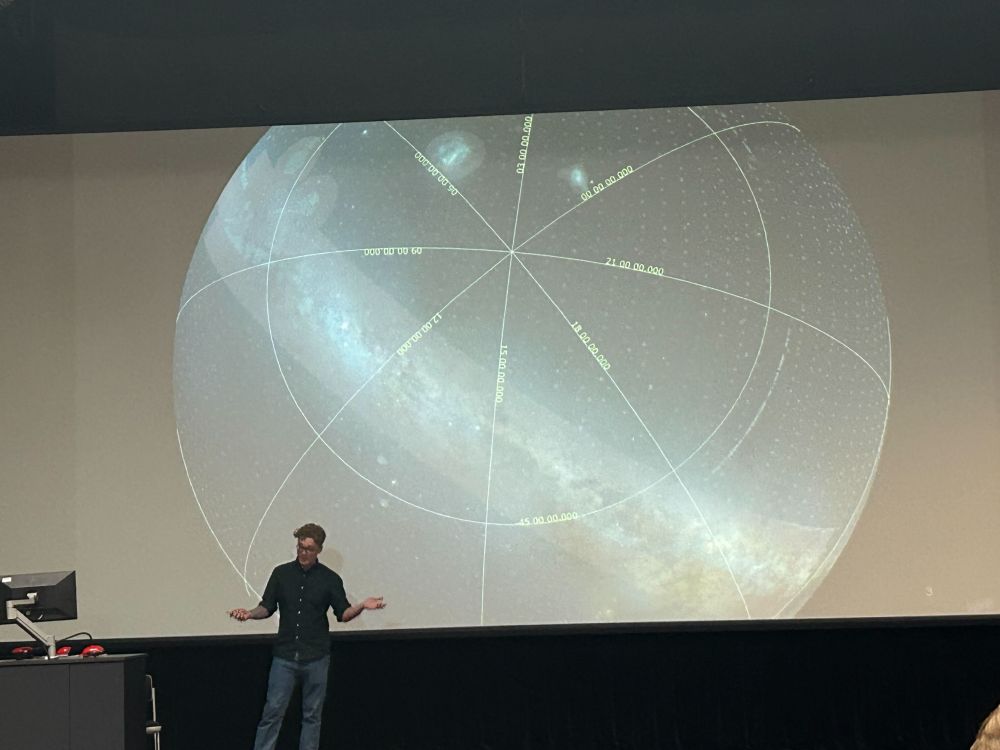
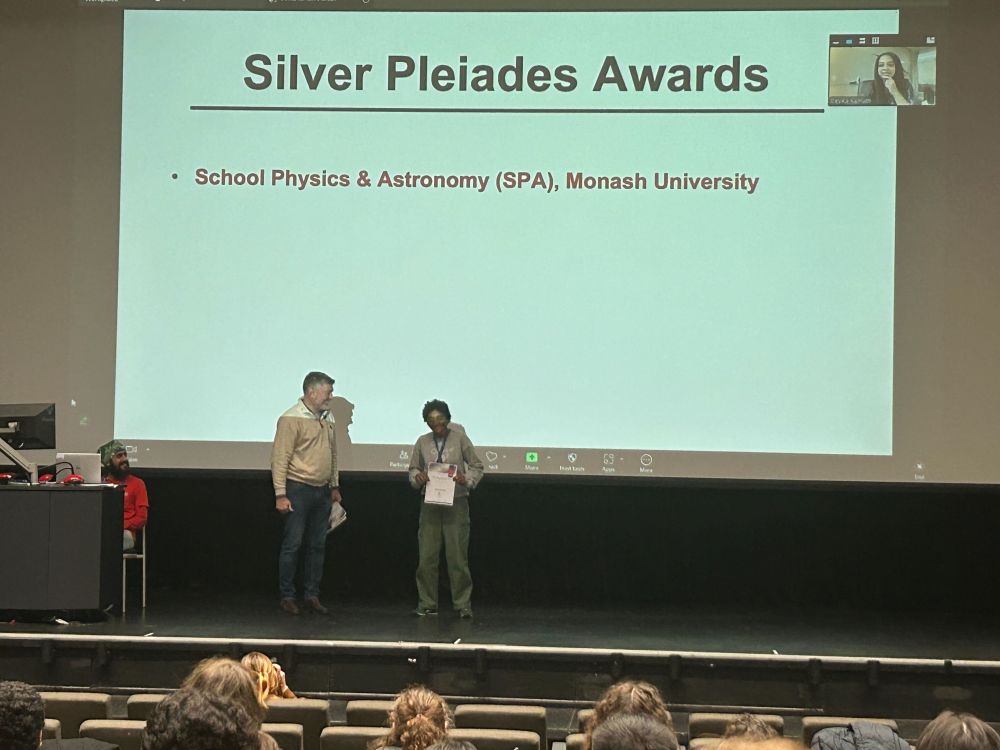
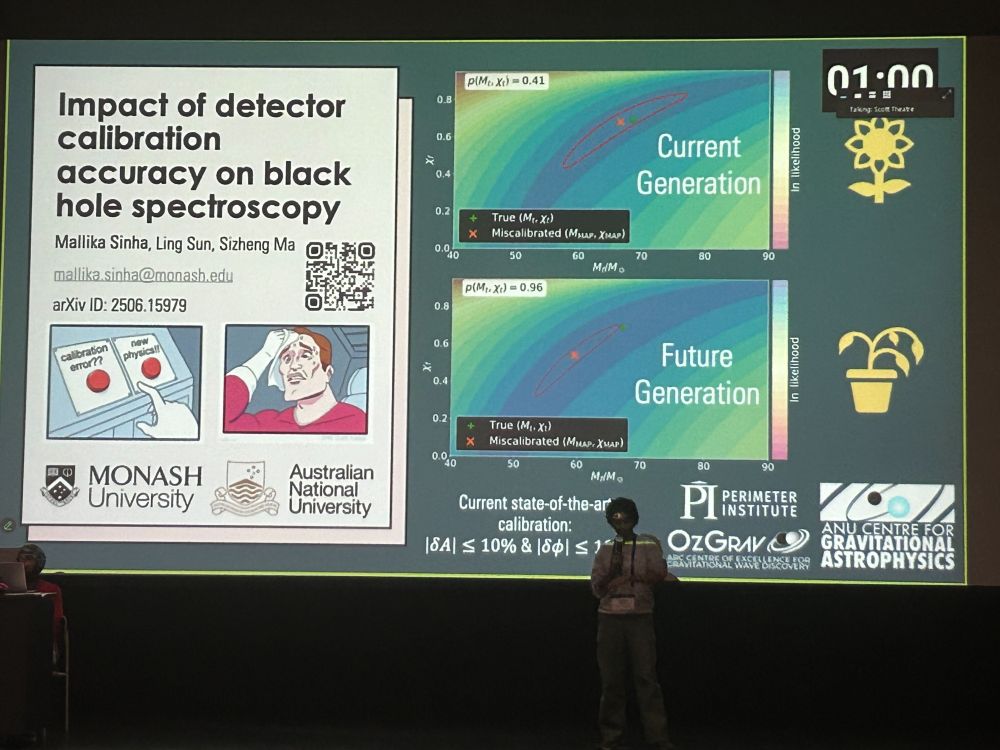
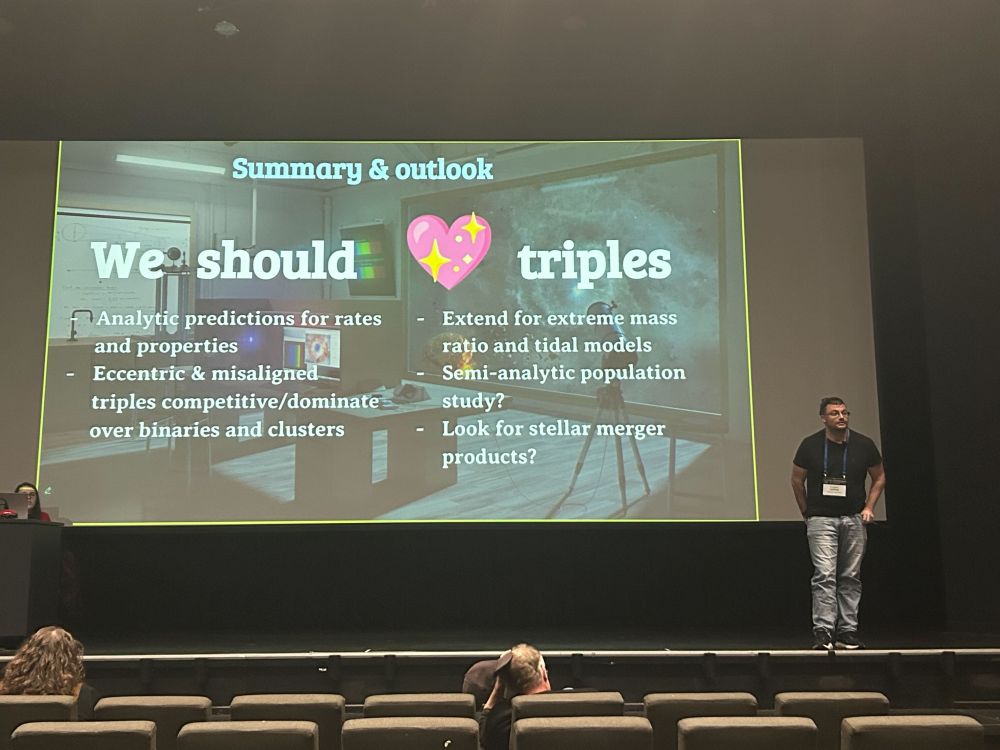
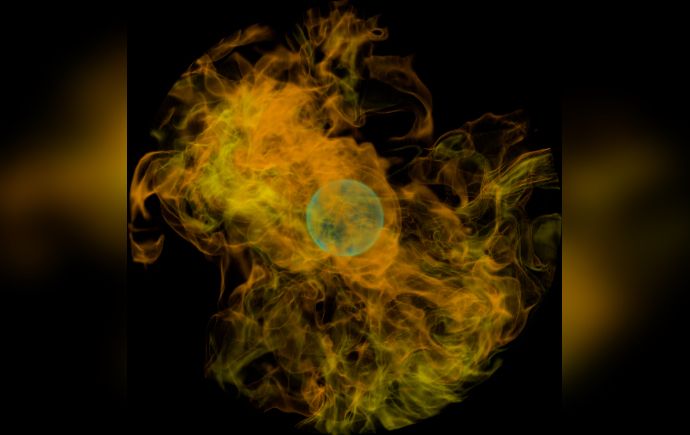

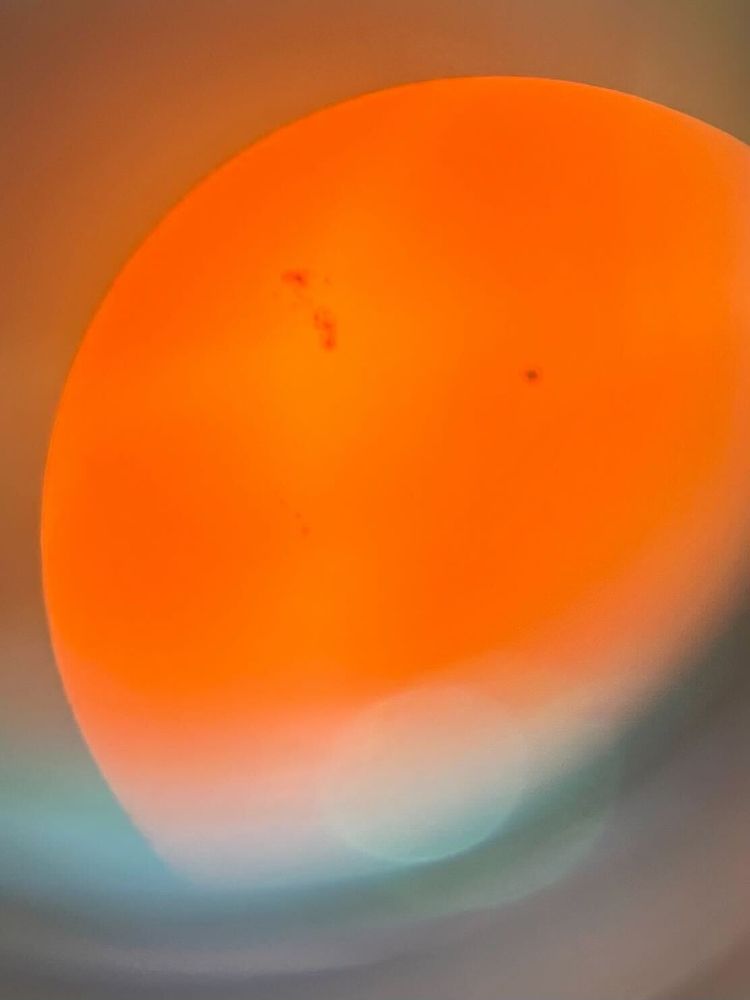
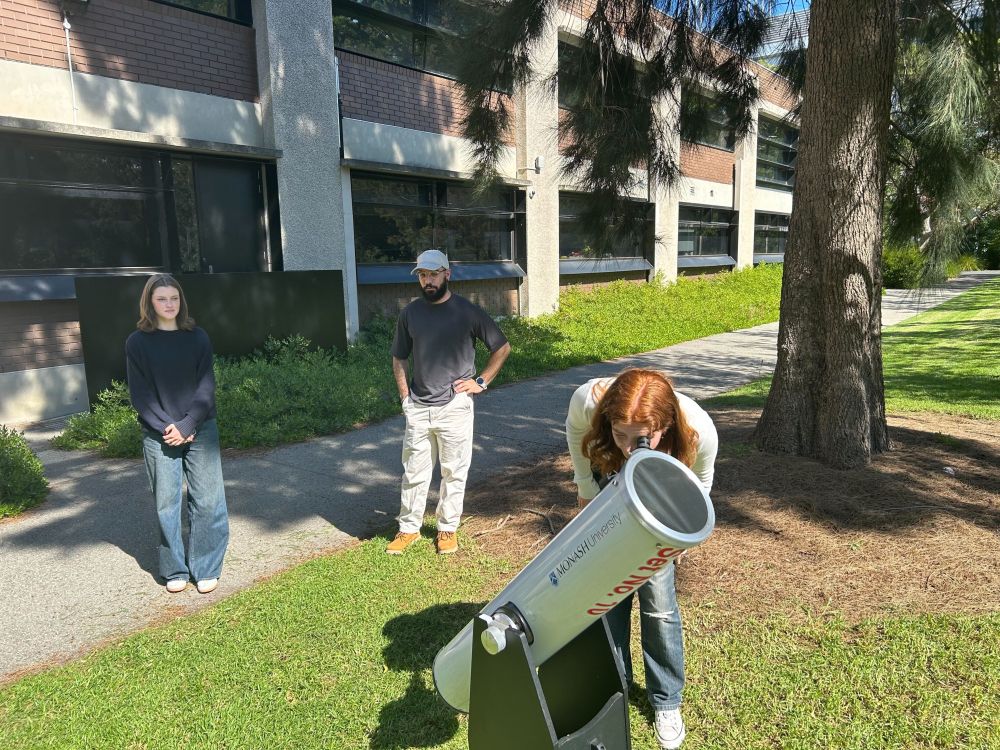

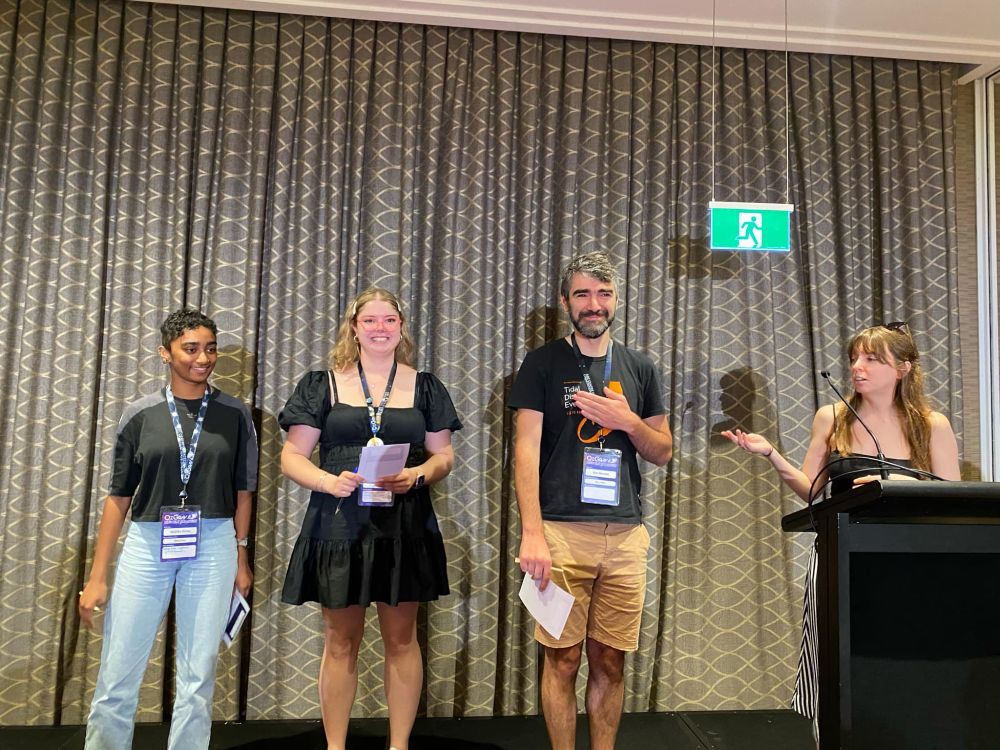
www.smh.com.au/national/a-s...

www.smh.com.au/national/a-s...
Check out an article on Rowina’s work: shorturl.at/oS3G1

Check out an article on Rowina’s work: shorturl.at/oS3G1
Pessimist: The cup is half empty
Astronomer: There are Type I cups and Type II cups but clearly this is a rare transitional Type 1.5 cup.
Pessimist: The cup is half empty
Astronomer: In this work, we propose HoFITCh (HOw Full Is That Cup), a Bayesian model for sampling the fullness of cups from imaging data and prior beliefs.
We sample the posterior of our model, and find that the cup is 50±2% full.
Pessimist: The cup is half empty
Writer: …did I have a plan for this cup? Was it supposed to link to some other part of the plot? Crap. I really don’t want to go through and take every mention of the cup out. Maybe I can kill someone with it.
Pessimist: The cup is half empty
Astronomer: There are Type I cups and Type II cups but clearly this is a rare transitional Type 1.5 cup.
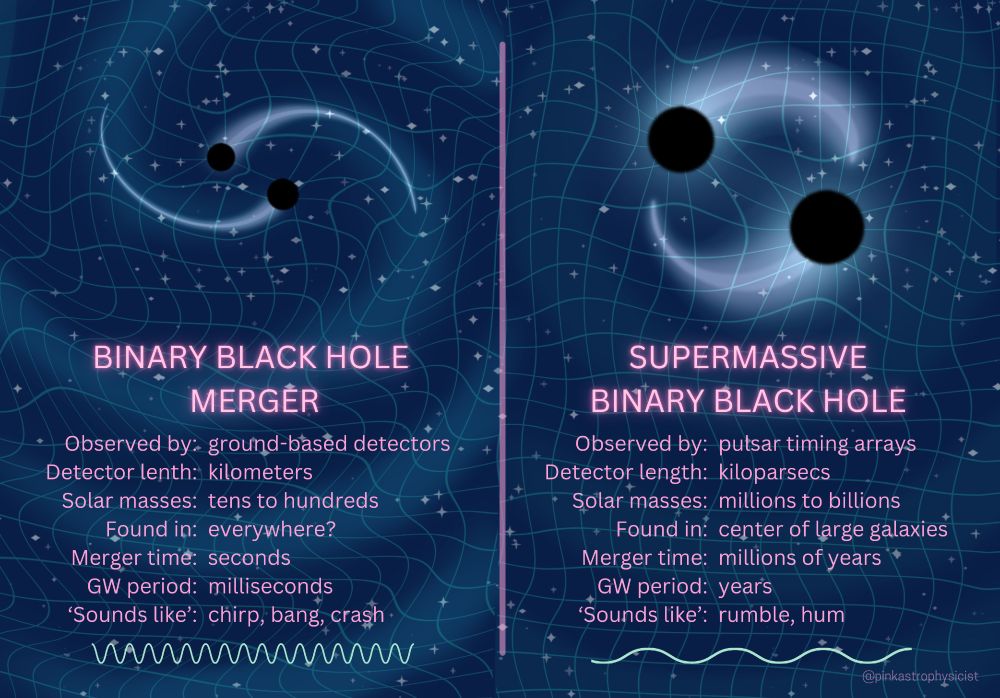
I'll be posting some fun infographics in the lead up to my paper release on December 3! Follow along so you're ready for the release 🌟 @ozgrav.bsky.social

I'll be posting some fun infographics in the lead up to my paper release on December 3! Follow along so you're ready for the release 🌟 @ozgrav.bsky.social
A population of neutron star-black hole mergers might let us discover new physics about GRB jets. 🔭 🧪
Check out my brand new paper with @plasky.bsky.social and Eric Thrane to find out more.
arxiv.org/abs/2411.07035
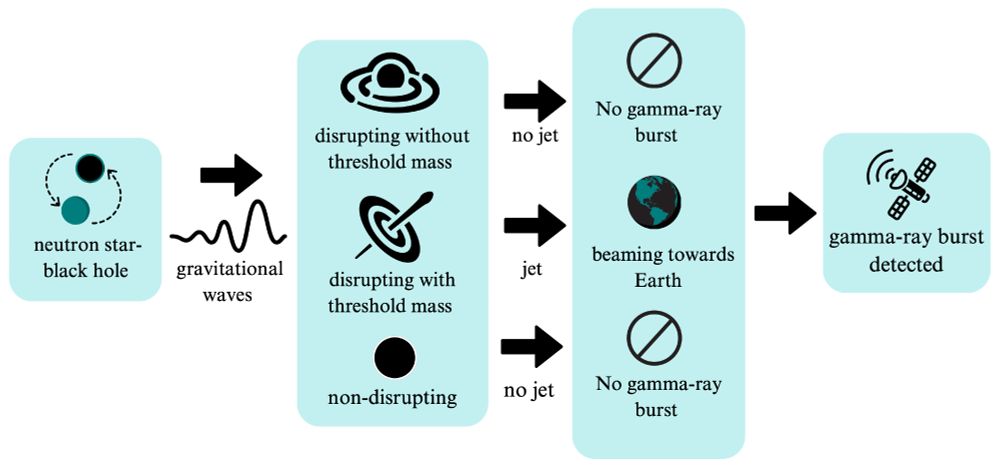
A population of neutron star-black hole mergers might let us discover new physics about GRB jets. 🔭 🧪
Check out my brand new paper with @plasky.bsky.social and Eric Thrane to find out more.
arxiv.org/abs/2411.07035

Oct 31 is the anniversary of Murriyang starting operations in 1961!
63 years of operation, and it’s still giving us solid science/discoveries.
Iconic Aussie astronomy infrastructure.
Wrote some words on this a few years back: www.spaceaustralia.com/index.php/fe...
📸 CSIRO 🔭📡

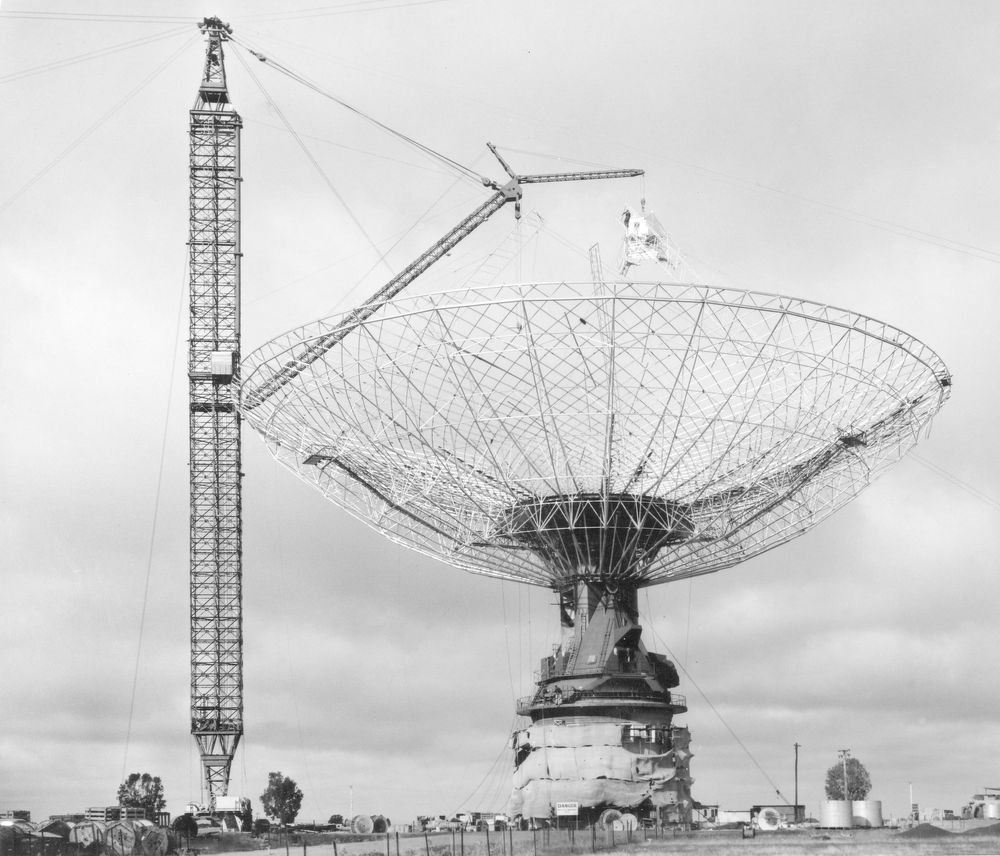
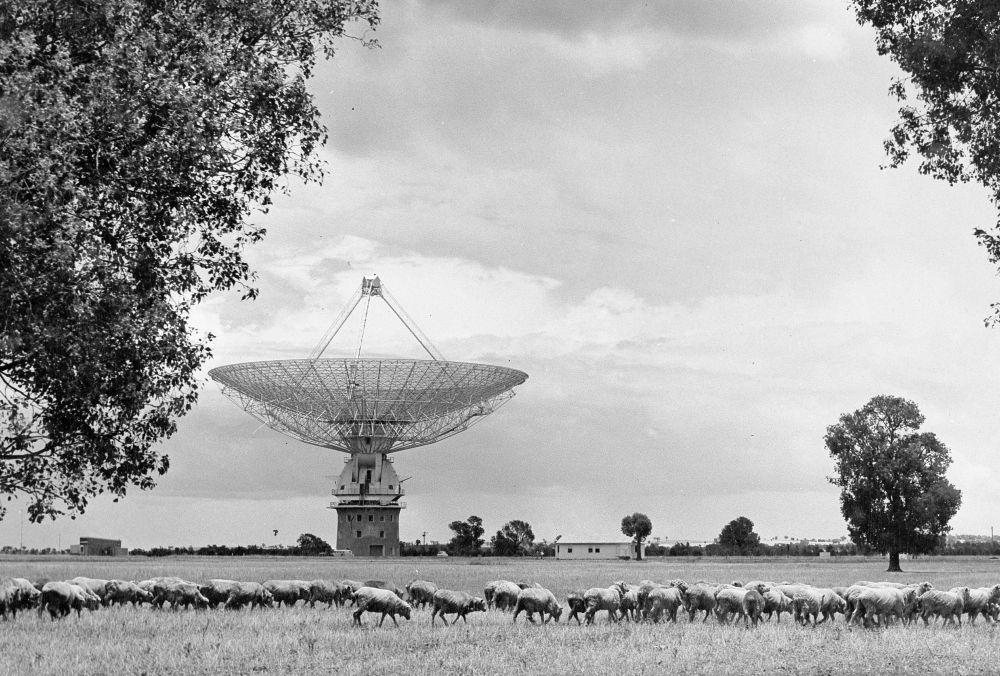
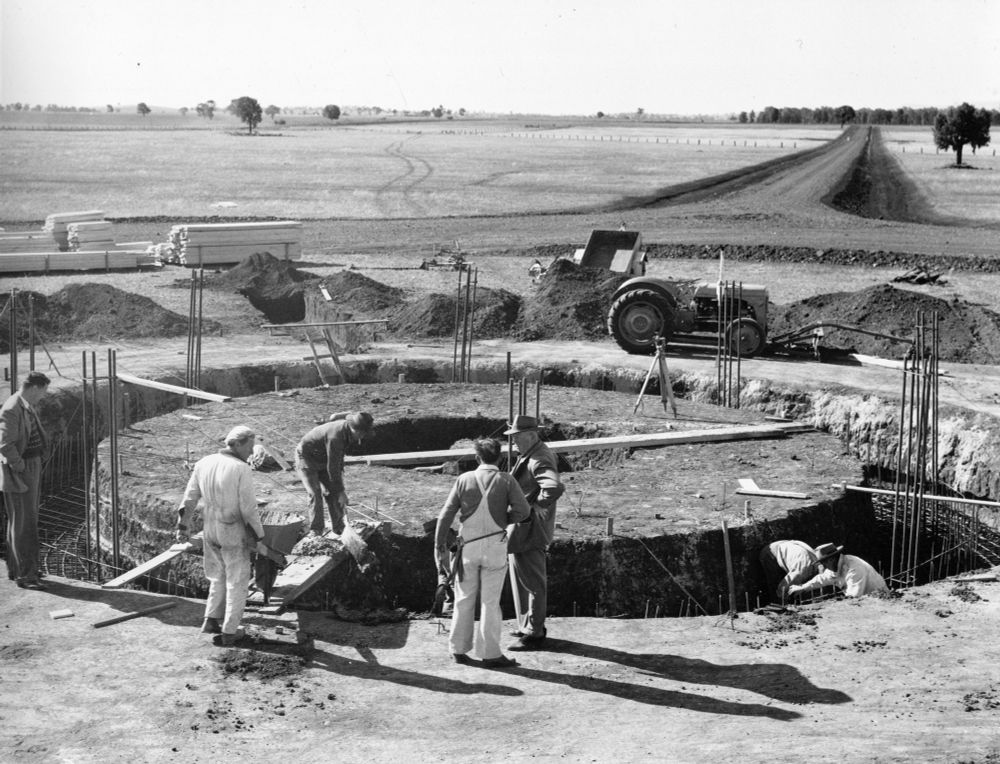
Oct 31 is the anniversary of Murriyang starting operations in 1961!
63 years of operation, and it’s still giving us solid science/discoveries.
Iconic Aussie astronomy infrastructure.
Wrote some words on this a few years back: www.spaceaustralia.com/index.php/fe...
📸 CSIRO 🔭📡
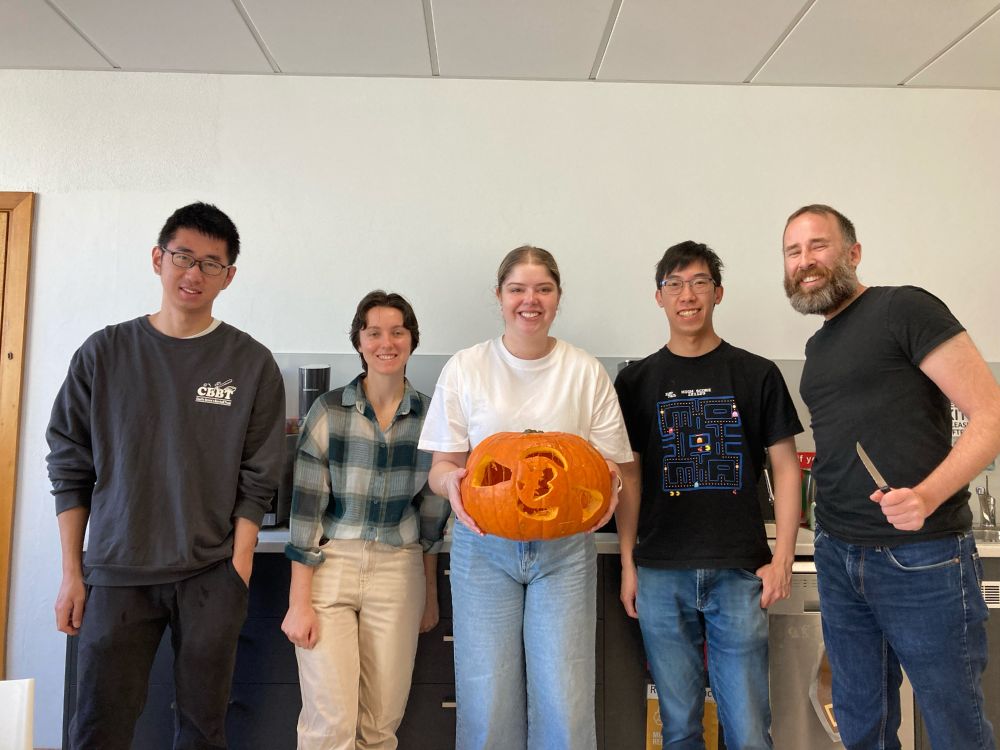


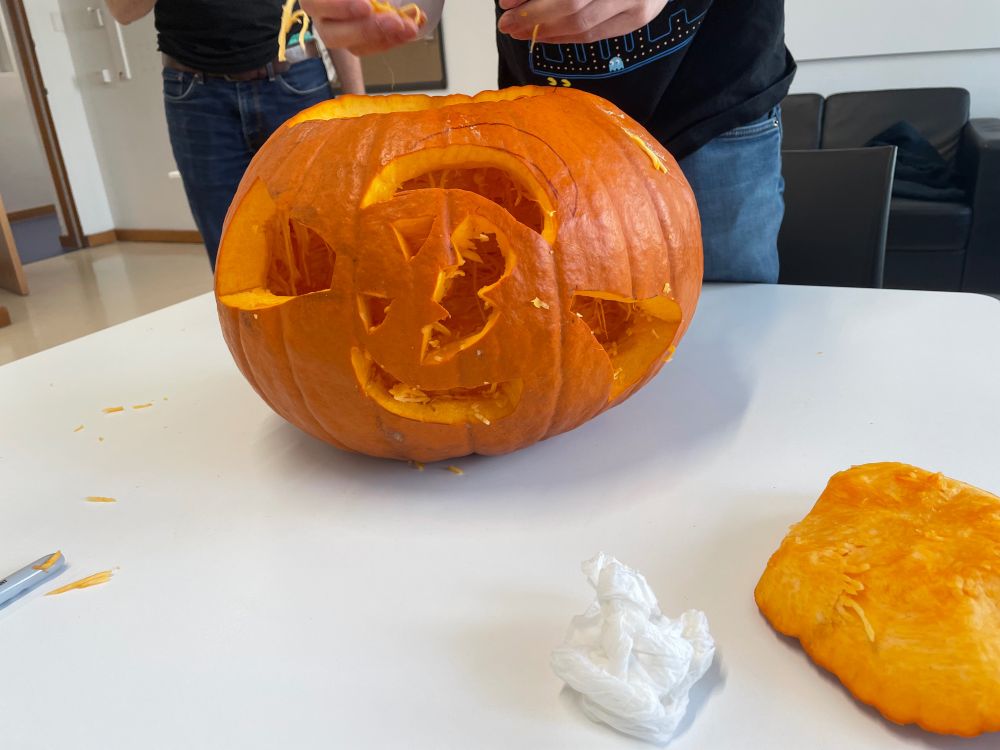
www.abc.net.au/news/science...
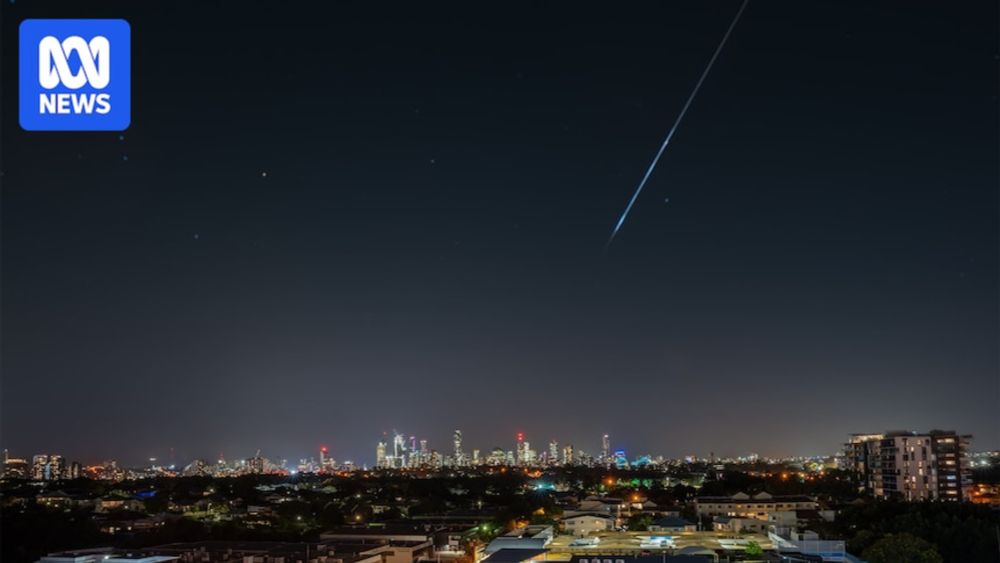
www.abc.net.au/news/science...

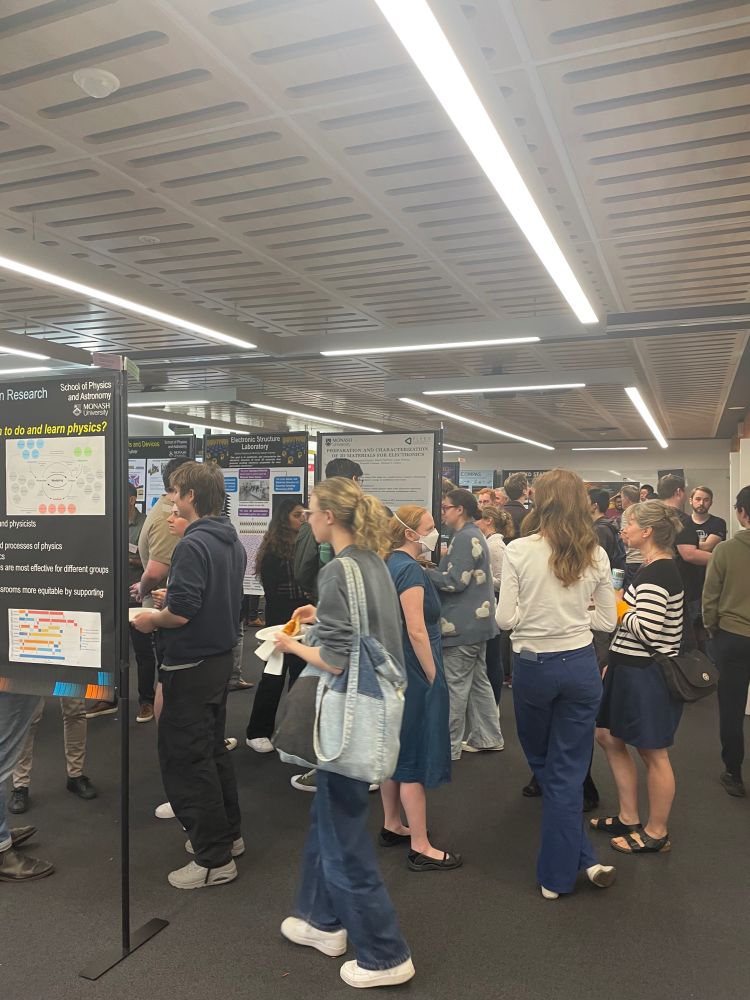
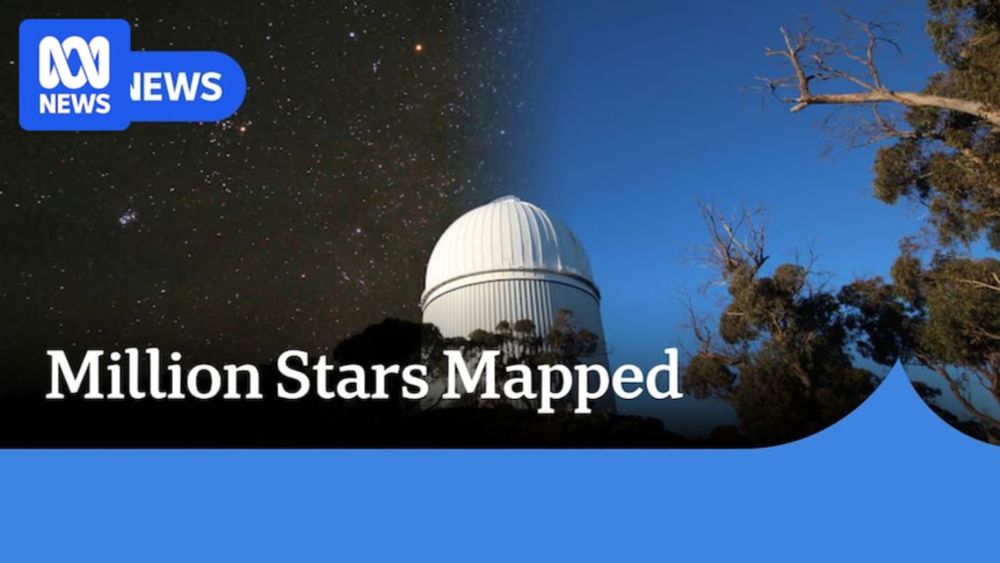
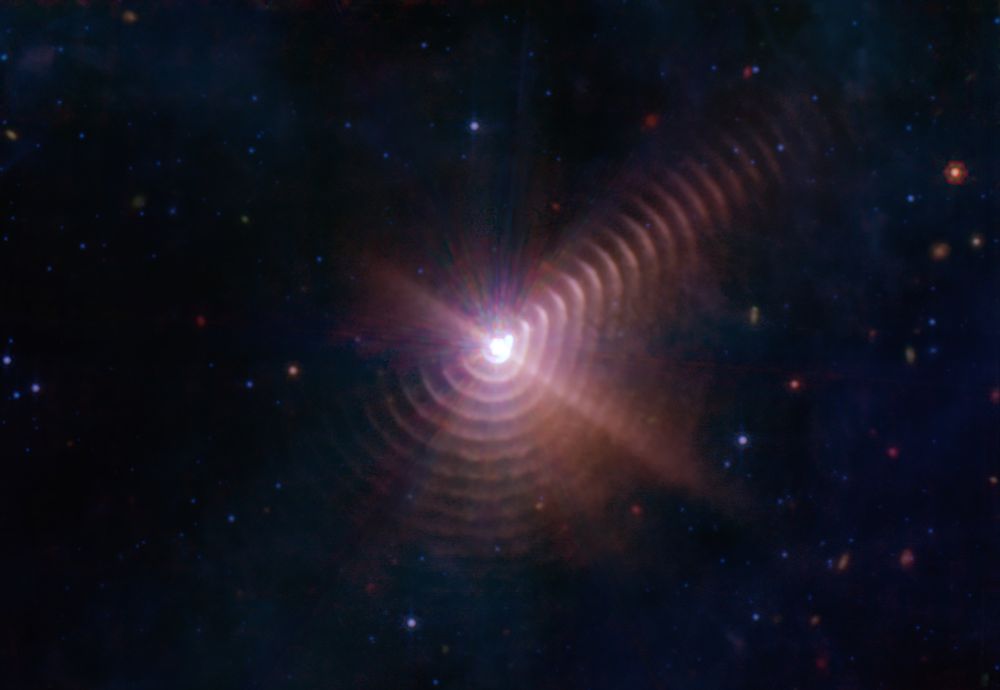
@monashastro.bsky.social "rivals Messier catalog"; sure, but Messier objects just sit there waiting for you to observe them at your leisure, not like GRB optical counterparts which disappear in <~ 1 day! ras.ac.uk/news-and-pre...
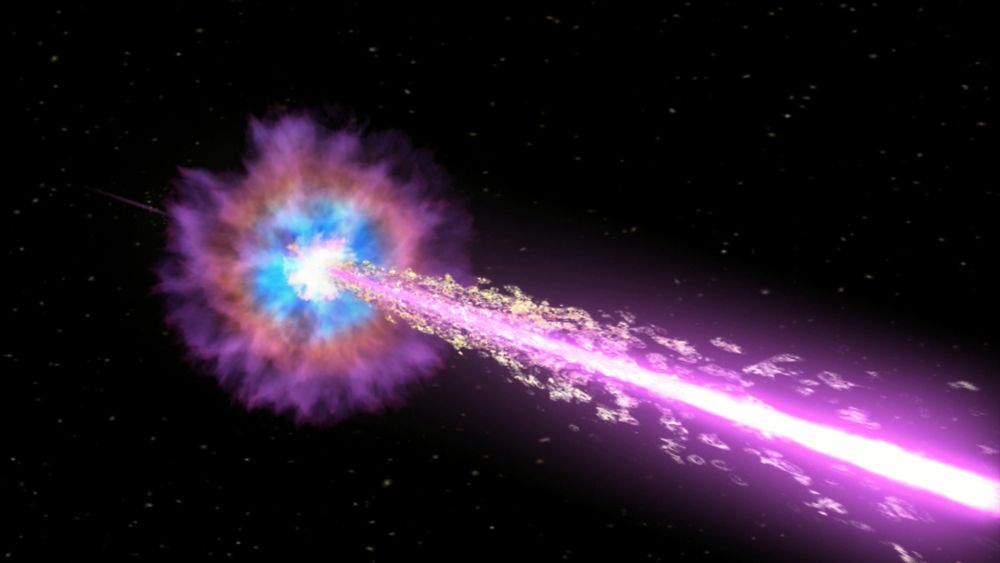
@monashastro.bsky.social "rivals Messier catalog"; sure, but Messier objects just sit there waiting for you to observe them at your leisure, not like GRB optical counterparts which disappear in <~ 1 day! ras.ac.uk/news-and-pre...
